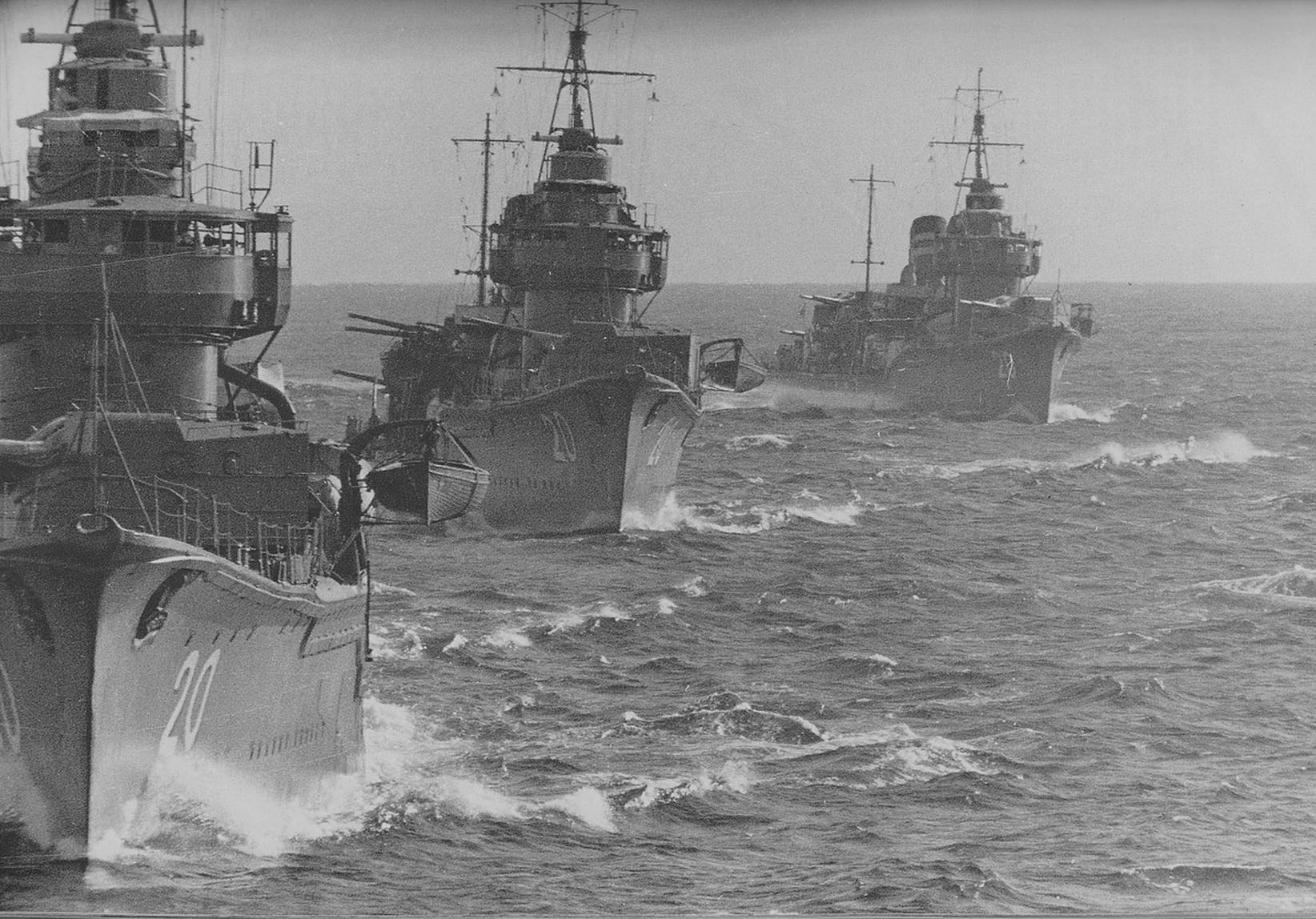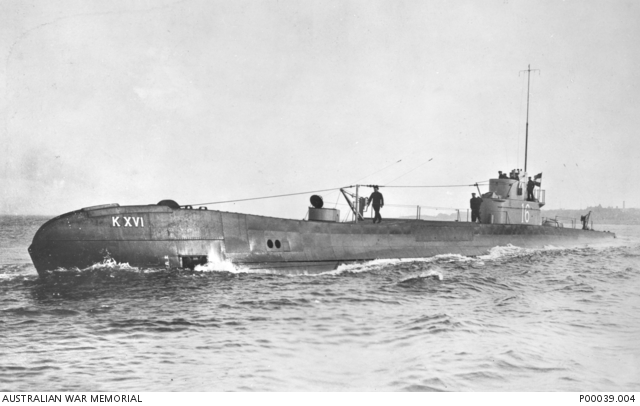Japanese Destroyer Sagiri on:
[Wikipedia]
[Google]
[Amazon]


 was the sixteenth of twenty-four s, built for the
was the sixteenth of twenty-four s, built for the


 was the sixteenth of twenty-four s, built for the
was the sixteenth of twenty-four s, built for the Imperial Japanese Navy
The Imperial Japanese Navy (IJN; Kyūjitai: Shinjitai: ' 'Navy of the Greater Japanese Empire', or ''Nippon Kaigun'', 'Japanese Navy') was the navy of the Empire of Japan from 1868 to 1945, Potsdam Declaration, when it was dissolved followin ...
following World War I
World War I or the First World War (28 July 1914 – 11 November 1918), also known as the Great War, was a World war, global conflict between two coalitions: the Allies of World War I, Allies (or Entente) and the Central Powers. Fighting to ...
.
History
Construction of the advanced ''Fubuki''-class destroyers was authorized as part of the Imperial Japanese Navy's expansion program from fiscal 1923, intended to give Japan a qualitative edge with the world's most modern ships. The ''Fubuki'' class had performance that was a huge leap over previous destroyer designs, so much so that they were designated . The large size, powerful engines, high speed, large radius of action and unprecedented armament gave these destroyers the firepower similar to manylight cruiser
A light cruiser is a type of small or medium-sized warship. The term is a shortening of the phrase "light armored cruiser", describing a small ship that carried armor in the same way as an armored cruiser: a protective belt and deck. Prior to thi ...
s in other navies. ''Sagiri'', built at the Uraga Dock Company
was a major privately owned shipyard in Uraga, Japan, which built numerous warships for the Imperial Japanese Navy.
History
Uraga Dock Company was founded by Enomoto Takeaki in 1869. A shipyard had already existed in Uraga from the end of the ...
was the sixth in an improved series, which incorporated a modified gun turret
A gun turret (or simply turret) is a mounting platform from which weapons can be fired that affords protection, visibility and ability to turn and aim. A modern gun turret is generally a rotatable weapon mount that houses the crew or mechanis ...
which could elevate her main battery of Type 3 127 mm 50 caliber naval guns to 75° as opposed to the original 40°, thus permitting the guns to be used as dual purpose gun
A dual-purpose gun is a naval artillery mounting designed to engage both surface and air targets.
Description
Second World War-era capital ships had four classes of artillery: the heavy main battery, intended to engage opposing battleships and ...
s against aircraft. ''Sagiri'' was laid down
Laying the keel or laying down is the formal recognition of the start of a ship's construction. It is often marked with a ceremony attended by dignitaries from the shipbuilding company and the ultimate owners of the ship.
Keel laying is one ...
on 28 March 1929, launched on 23 December 1929 and commissioned on 31 January 1930. Originally assigned hull designation "Destroyer No. 50", she was commissioned as ''Sagiri''.
The 4th Fleet Incident occurred only a year after her commissioning, and ''Sagiri'' was quickly taken back to the shipyards for strengthening of her hull.
Operational history
On completion, ''Sagiri'' was assigned to Destroyer Division 20 under theIJN 2nd Fleet
The was a fleet of the Imperial Japanese Navy (IJN) created as a mobile strike force in response to hostilities with Russia, and saw action in every IJN military operation until the end of World War II.
History
Established on 27 October 1903, ...
. During the Second Sino-Japanese War
The Second Sino-Japanese War was fought between the Republic of China (1912–1949), Republic of China and the Empire of Japan between 1937 and 1945, following a period of war localized to Manchuria that started in 1931. It is considered part ...
, from 1937, ''Sagiri'' covered landing of Japanese forces in Shanghai
Shanghai, Shanghainese: , Standard Chinese pronunciation: is a direct-administered municipality and the most populous urban area in China. The city is located on the Chinese shoreline on the southern estuary of the Yangtze River, with the ...
and Hangzhou
Hangzhou, , Standard Mandarin pronunciation: ; formerly romanized as Hangchow is a sub-provincial city in East China and the capital of Zhejiang province. With a population of 13 million, the municipality comprises ten districts, two counti ...
. From 1940, she was assigned to patrol and cover landings of Japanese forces in south China.
World War II history
At the time of theattack on Pearl Harbor
The attack on Pearl HarborAlso known as the Battle of Pearl Harbor was a surprise military strike by the Empire of Japan on the United States Pacific Fleet at Naval Station Pearl Harbor, its naval base at Pearl Harbor on Oahu, Territory of ...
, ''Sagiri'' was assigned to Destroyer Division 20 of Desron 3 of the IJN 1st Fleet
The was the main battleship fleet of the Imperial Japanese Navy.
History
First established on 28 December 1903, the IJN 1st Fleet was created during the Russo-Japanese War when the Imperial General Headquarters divided the Readiness Fleet int ...
, and had deployed from Kure Naval District
was the second of four main administrative districts of the pre-war Imperial Japanese Navy. Its territory included the Inland Sea of Japan and the Pacific coasts of southern Honshū from Wakayama to Yamaguchi prefectures, eastern and northern K ...
to the port of Samah on Hainan
Hainan is an island provinces of China, province and the southernmost province of China. It consists of the eponymous Hainan Island and various smaller islands in the South China Sea under the province's administration. The name literally mean ...
Island.
From 17 December, ''Sagiri'' covered Japanese landings at Miri
Miri () is a coastal city in north-eastern Sarawak, Malaysia, located near the border of Brunei, on the island of Borneo. The city covers an area of , located northeast of Kuching and southwest of Kota Kinabalu. Miri is the second largest ...
and at Kuching
Kuching ( , ), officially the City of Kuching, is the capital and the most populous city in the States and federal territories of Malaysia, state of Sarawak in Malaysia. It is also the capital of Kuching Division. The city is on the Sarawak Ri ...
in Sarawak
Sarawak ( , ) is a States and federal territories of Malaysia, state of Malaysia. It is the largest among the 13 states, with an area almost equal to that of Peninsular Malaysia. Sarawak is located in East Malaysia in northwest Borneo, and is ...
. On 24 December 1941, approximately off Kuching, ''Sagiri'' was torpedoed by the Dutch submarine . Her aft magazine
A magazine is a periodical literature, periodical publication, print or digital, produced on a regular schedule, that contains any of a variety of subject-oriented textual and visual content (media), content forms. Magazines are generally fin ...
caught fire and exploded, sinking the ship with the loss of 121 of her crew. Some 120 survivors were rescued by her sister ship
A sister ship is a ship of the same Ship class, class or of virtually identical design to another ship. Such vessels share a nearly identical hull and superstructure layout, similar size, and roughly comparable features and equipment. They o ...
, .
On 15 January 1942, ''Sagiri'' was removed from the navy list
A Navy Directory, Navy List or Naval Register is an official list of naval officers, their ranks and seniority, the ships which they command or to which they are appointed, etc., that is published by the government or naval authorities of a co ...
.
Later history
It was discovered that ships from other countries were illegally taking many pieces of metal from this ship.Notes
References
* * * * * * *Further reading
* * * *External links
{{DEFAULTSORT:Sagiri Fubuki-class destroyers Ships built by Uraga Dock Company 1929 ships Second Sino-Japanese War naval ships of Japan World War II destroyers of Japan World War II shipwrecks in the South China Sea Maritime incidents in December 1941 Ships sunk by Dutch submarines